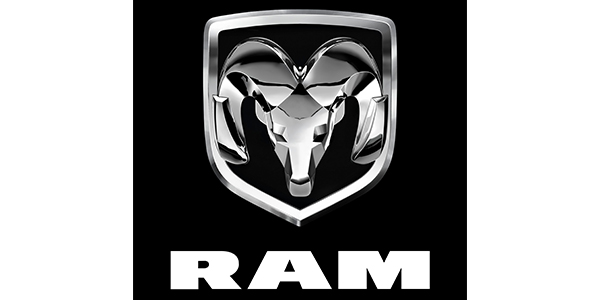
MODELS
2013 – 2018 RAM 3500 Pickup
2014 – 2018 RAM 2500 Pickup
2014 – 2018 RAM 3500 Cab Chassis
2016 – 2018 RAM 3500 10K Cab Chassis
This bulletin involves an updated procedure on how to adjust the toe on a vehicle after it has undergone the V06 recall (repair to the outboard steering linkage jam nut that could loosen allowing one end of the drag link to separate from the adjuster sleeve).
If the drag link was welded due to the recall and the front toe needs adjustment at a later date follow this procedure.
Before starting wheel alignment, the following inspection must be completed. Refer to the detailed service procedures available in Dodge service information.
COMPONENTS TO INSPECT:
• Inspect tires for size, air pressure and wear.
• Inspect front wheel bearings for wear.
• Inspect front wheels for excessive radial or lateral runout and balance.
• Inspect the ball studs, linkage pivot points, and the steering gear for looseness, roughness or binding.
• Inspect the suspension components for wear and noise.
REPAIR PROCEDURE
1. Start the engine, turn the steering wheel both ways, and center the steering wheel as best as possible. Turn off engine.
NOTE: With the vehicle in a level position, verify the drag link/tie rod ball joints are not twisted and are centered. Rotate drag link/tie rod until ball joints are level, top of ball joint housing is level with the steering knuckle.
2. Adjust right wheel toe position between 0.00° and +0.20° by turning the steering wheel. Lock the steering wheel. If the left wheel toe position is within 000° and +0.20°, no alignment is needed. If not, proceed to Step 3.
3. Adjust the left wheel toe position to match the right wheel position with the tie rod adjuster sleeve. Verify the tie rod end is parallel. Refer to the detailed service procedures available in the service information. Install the bolts to their original position and tighten to the proper torque specifications per the service information. Make sure the toe setting does not change during tightening.
Article courtesy Brake & Front End.













